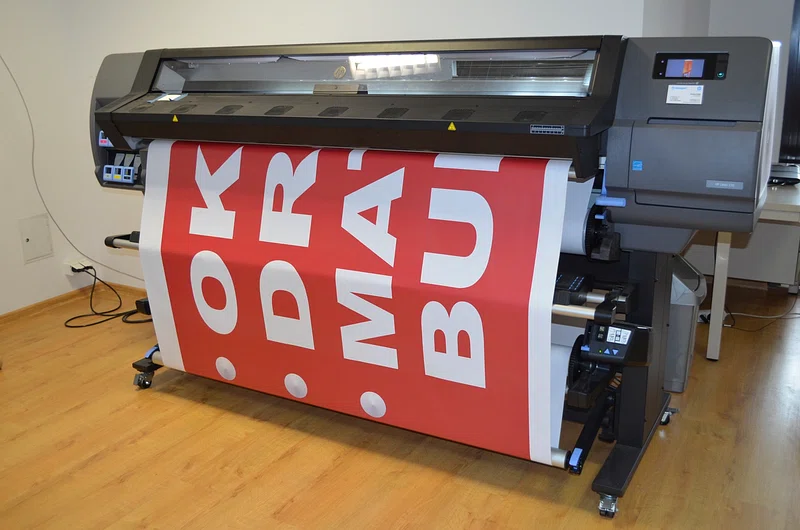Many Etsy sellers rely on print on demand for efficient product fulfillment.
Many Etsy sellers rely on print on demand for efficient product fulfillment.
Blog Article
Understanding Exactly How Digital Printing Transforms the Printing Market
The printing industry, long soaked in traditional techniques, is undertaking an extreme change with the advent of electronic printing. This cutting-edge technology, which eschews the requirement for publishing plates, makes it possible for rapid production and personalization, improving the landscape of print interaction. With its possible to spur interaction via personalized material and to use lasting remedies, it's clear that digital printing is even more than a technological development; it's a crucial video game changer. But how precisely does it change the market? Let's check out.
The Advancement of Digital Printing: A Quick Introduction
Considering that its creation, digital printing has actually undertaken considerable improvements, consistently reinventing the printing market. Its evolution began with the advancement of xerography in the mid-20th century, a process which prepared for printer. With the arrival of the 90s, electronic printing innovation began to grow, and the market witnessed the intro of direct imaging presses, which eliminated the need for publishing plates. As the new millennium unravelled, innovations in modern technology further stimulated the growth of digital printing, causing the development of high-speed inkjet printers. These devices supplied remarkable quality and rate, permanently changing the landscape of the sector. Today, digital printing stands as a testimony to human advancement, constantly advancing to meet the ever-changing demands of the modern globe.

Unpacking the Modern Technology Behind Digital Printing
Exploring the details of digital printing technology, one comes across a rich tapestry of innovative machinery and facility algorithms. At the heart of this procedure exists a digital picture, which is processed by software program that divides it right into a grid of dots. These dots are then transformed into a digital code. This code is interpreted by the printer, which utilizes it to precisely Click Here transfer beads of ink onto the substratum. The droplets are so tiny and precise that they develop a picture that is essentially equivalent from the initial. This elaborate system, boosted by sophisticated software and high-resolution imaging, has changed the landscape of the printing industry, leading the means for unprecedented levels of detail and accuracy.

The Benefits of Digital Printing for Services
Understanding the technology behind electronic printing gives a clear image of its precision and information. Electronic printing is ecologically friendly, using less ink and creating less waste. The full possibility of digital printing is understood when utilized for modification and personalization, a topic that will certainly be covered in deepness in the next area.
The Duty of Digital Printing in Modification and Personalization
While conventional printing methods fight with modification and personalization, digital printing masters these locations. It permits the very easy alteration of layouts, without the requirement for expensive and taxing plate modifications (print on demand). This enables organizations to customize products to specific clients, meeting details requirements and enhancing client contentment
Digital printing additionally permits variable information printing, where components such as text, graphics, and photos might be altered from one published item to the next, without reducing the printing procedure. This go to the website is particularly advantageous for straight marketing campaigns, where individualized messaging you could look here can significantly enhance action prices. This way, electronic printing not just revolutionizes the printing market however additionally transforms the way services connect with their consumers.
Evaluating the Environmental Impact of Digital Printing
Although digital printing has been lauded for its duty in modification and personalization, it is essential to examine its ecological effect. Digital printing can be much less inefficient than conventional methods, since it operates on a 'print on need' basis, eliminating the demand for big print runs that can result in excess and waste. While digital printing has many benefits, its environmental impact needs to be conscientiously taken care of.
Final thought
To conclude, electronic printing has changed the printing industry, using fast, cost-effective, and high-grade options. It facilitates modification, enhancing client engagement, and utilizes a lasting print-on-demand model. As this modern technology continues to progress, its impact on service interaction, customer contentment, and environmental sustainability ends up being significantly extensive. Understanding these adjustments is important for organizations to leverage the advantages of electronic printing effectively.
Report this page